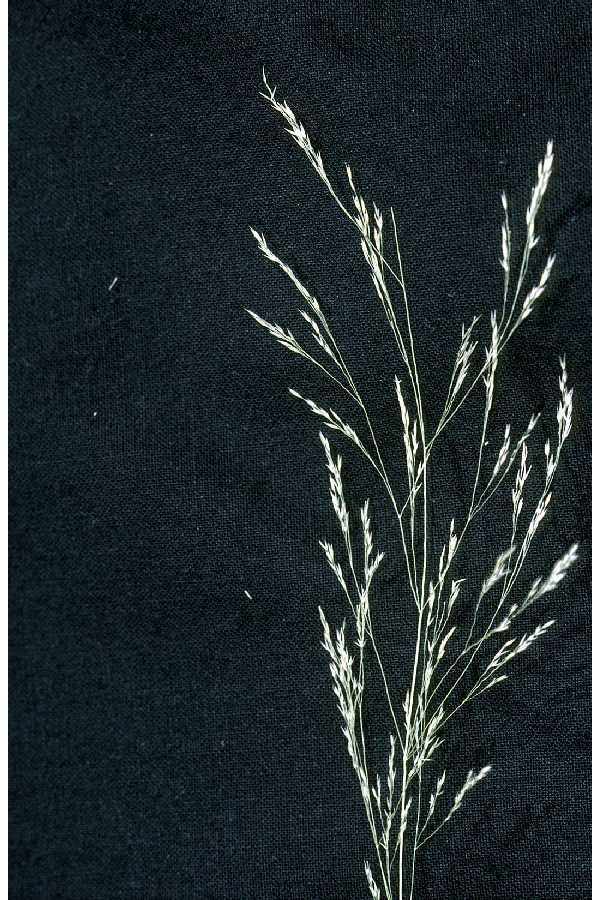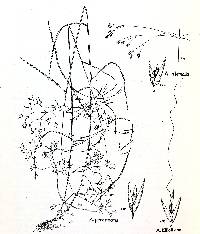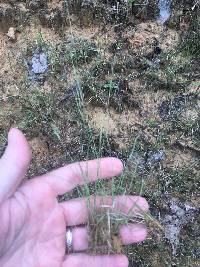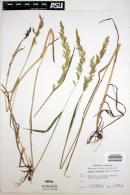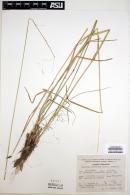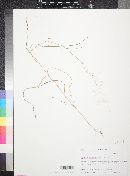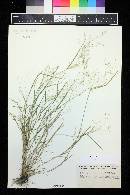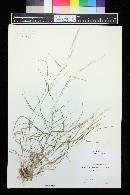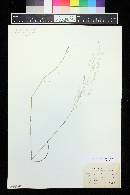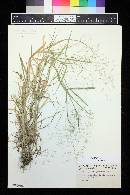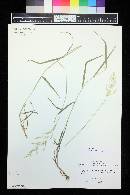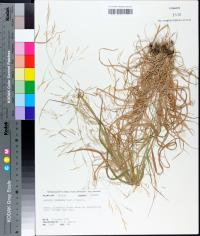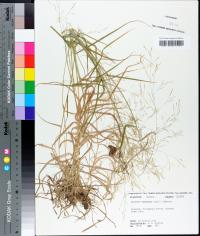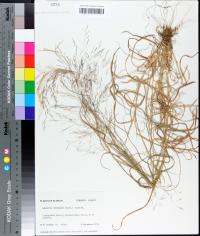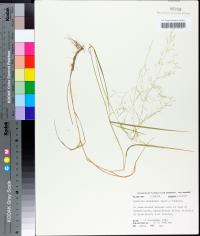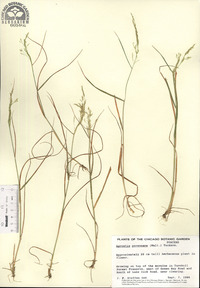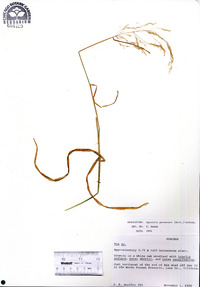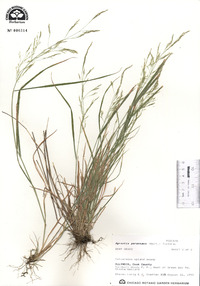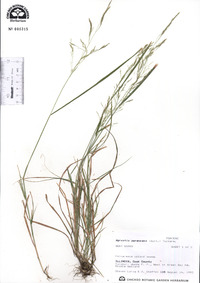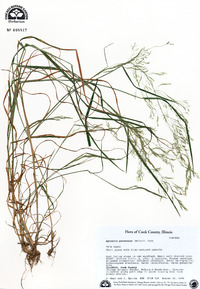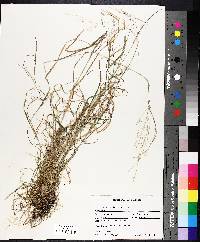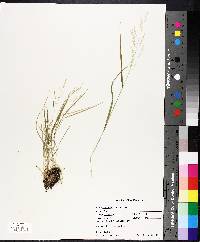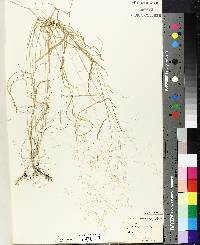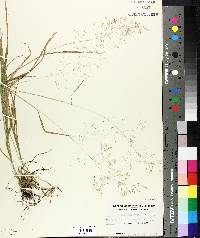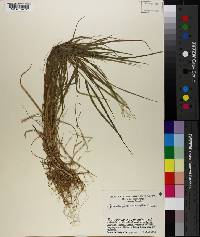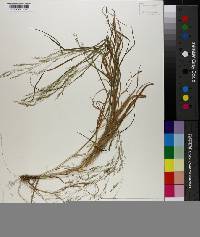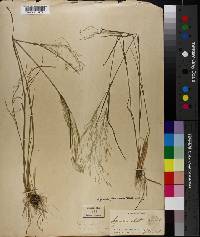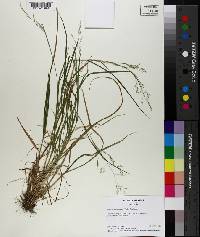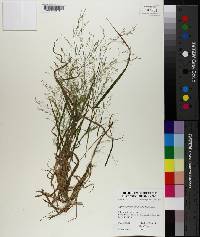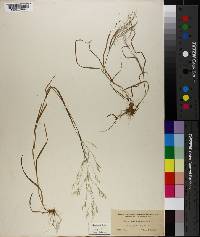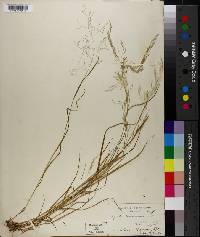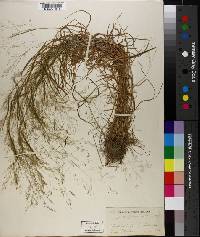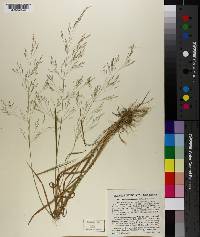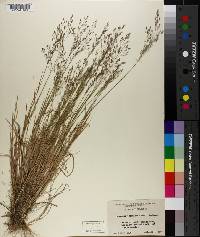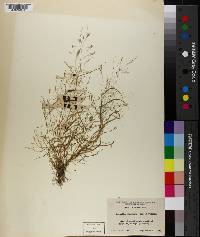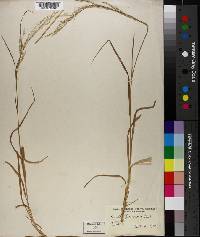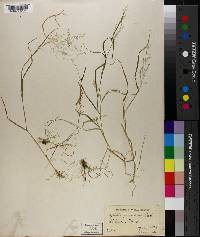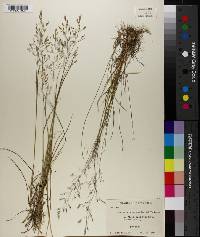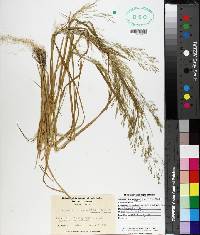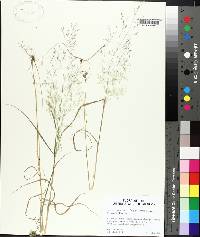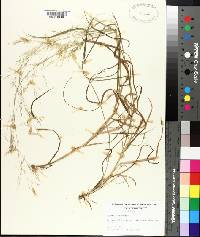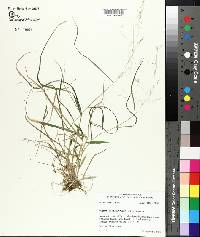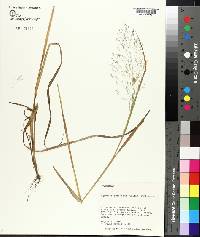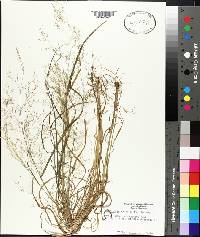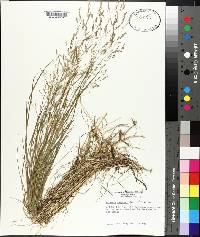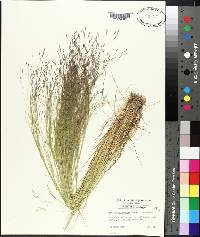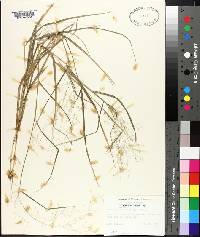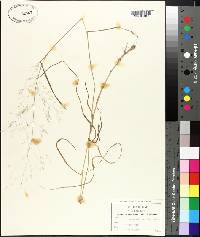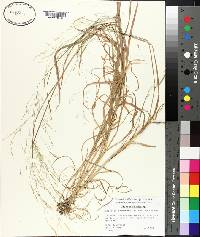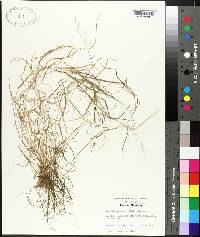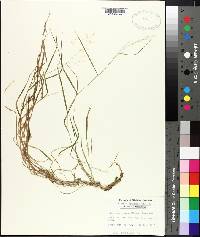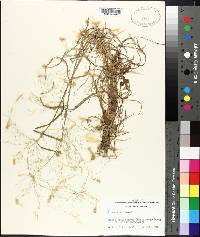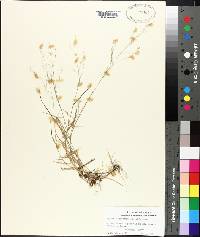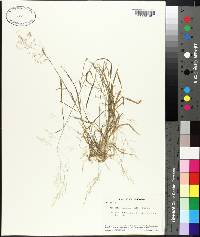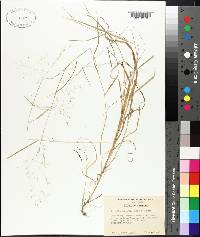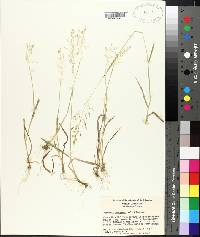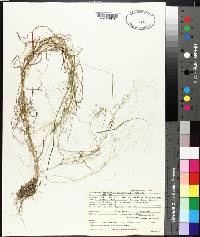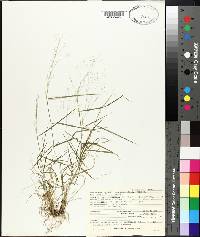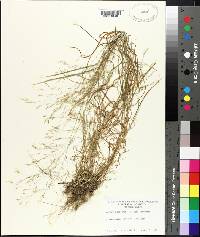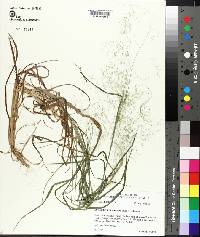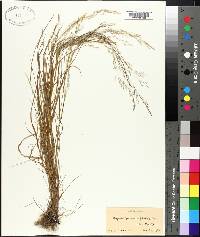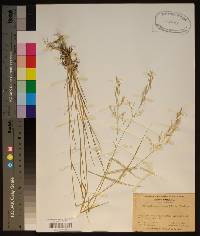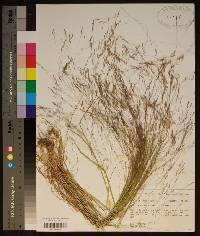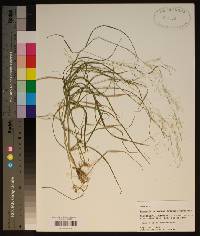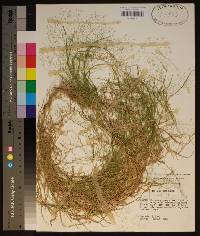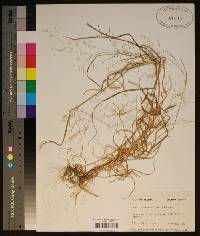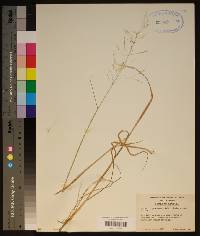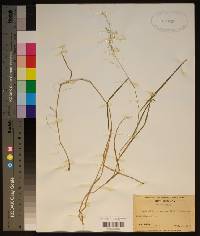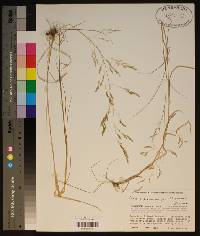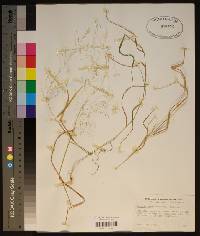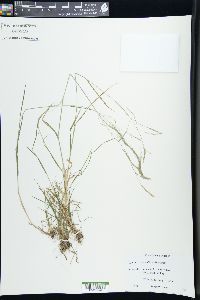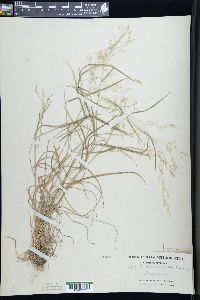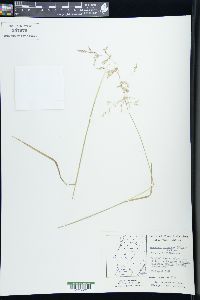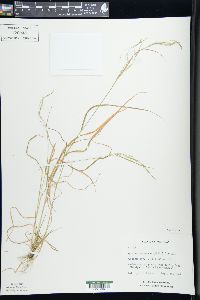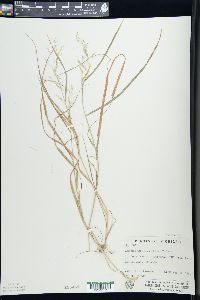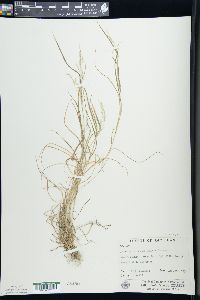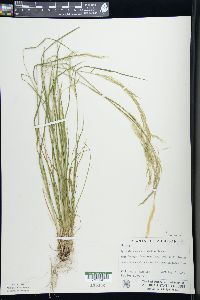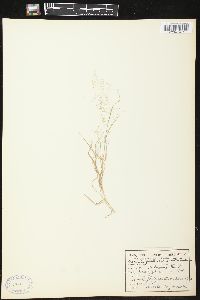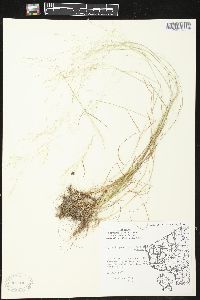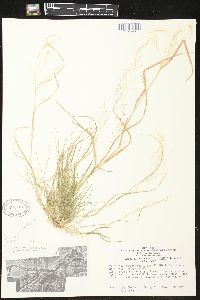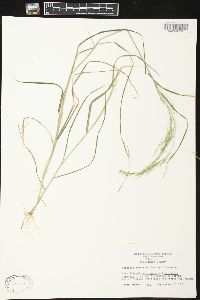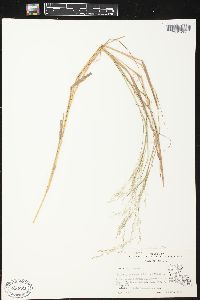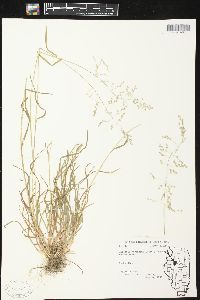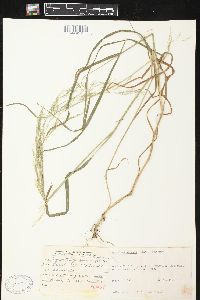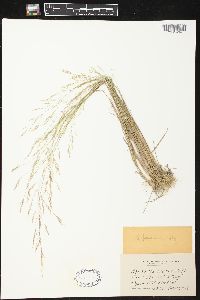
|
|
|
|
Family: Poaceae
Upland Bent, more...upland bentgrass, autumn bentgrass
[Agrostis aberrans Steud., moreAgrostis altissima var. altissima (Walter) Tuck., Agrostis campyla Tuck., Agrostis canina subsp. grandiflora Hack., Agrostis chinantlae E. Fourn., Agrostis cornucopiae Sm., Agrostis exarata var. angustifolia Hack., Agrostis fasciculata (Kunth) Roem. & Schult., Agrostis flavidula Steud., Agrostis humboldtiana Steud., Agrostis hyemalis var. elata (Pursh) Fernald, Agrostis hyemalis var. oreophila (Trin.) Farw., Agrostis intermedia Scribn. ex Kearney, Agrostis kufium Speg., Agrostis michauxii Trin., Agrostis noveboracensis Spreng., Agrostis perennans f. aestivalis Vasey, Agrostis perennans f. atherophora Fernald, Agrostis perennans f. chaetophora Fernald, Agrostis perennans f. chaotophora Fernald, Agrostis perennans f. perennans (Walter) Tuck., Agrostis perennans var. humilis Farw., Agrostis pseudointermedia Farw., Agrostis scabra var. perennans (Walter) Alph. Wood, Agrostis schiedeana Trin., Agrostis scribneriana Nash ex Small, Agrostis tenuifolia var. fretensis Hook. f., Agrostis violacea Phil., Agrostis weberbaueri Mez, Cornucopiae altissima Walter, Trichodium altissimum (Walter) Michx. ex Alph. Wood, Trichodium decumbens Michx., Trichodium elatum Pursh, Trichodium muhlenbergianum Schult., Trichodium noveboracense (Spreng.) Schult., Trichodium perennans (Walter) Elliott, Vilfa elegans Kunth, Vilfa fasciculata Kunth] |
Tufted perennial 5-10 dm; lvs flat, 2-6 mm wide, elongate, the uppermost one more than 5 cm; infl mostly pale greenish, 10-25 cm, notably longer than thick, the smooth or sparsely scabrous branches forking near or below the middle, soon divaricate, the longest ones often less than 6(-12) cm; spikelets 1.8-2.8 mm; glumes subequal, scabrous on the midvein; lemma 1.3-2 mm, awnless or rarely with a very short, slender awn near the tip; palea obsolete; anthers 0.3-0.6 mm; 2n=42. Various habitats, usually in dry soil; Que. and N.S. to Minn., s. to Fla. and Tex. The foregoing description is based primarily on the widespread and highly variable var. perennans (A.
oreophila; A. schweinitzii). Plants of bogs on the coastal plain from N.J. and Md. to Miss. have somewhat larger spikelets (2.7-3.5 mm) on short pedicels, aggregated in spike-like clusters toward the ends of the panicle-branches; these are var. elata (Pursh) Hitchc. (A. elata; A. altissima) Gleason, Henry A. & Cronquist, Arthur J. 1991. Manual of vascular plants of northeastern United States and adjacent Canada. lxxv + 910 pp. ©The New York Botanical Garden. All rights reserved. Used by permission. From Flora of Indiana (1940) by Charles C. Deam Infrequent to frequent in all parts of the state except in the prairie areas. This is a woodland species which seems to prefer a slightly acid soil and is found in black and white oak woods, pin oak woods, aspen thickets, at the bases of sandstone ledges, and rarely in prairie habitats or fallow fields. This species shows great variation which I assume to be the result of varying amounts of light, soil acidity, and nutriment. ...... Indiana Coefficient of Conservatism: C = 2 Wetland Indicator Status: FAC Diagnostic Traits: Tufted perennial; leaves to 5 mm wide, ligules >2.5 mm; panicles usually greenish, open, the branches forked at or below the middle; spikelets 1-flowered, to 2.2 mm long; glumes unequal, persisting after falling of floret; lemmas to 2 mm; palea absent or short. |
This project was made possible in part by the Institute of Museum and Library Services [MG-70-19-0057-19].
Powered by Symbiota

